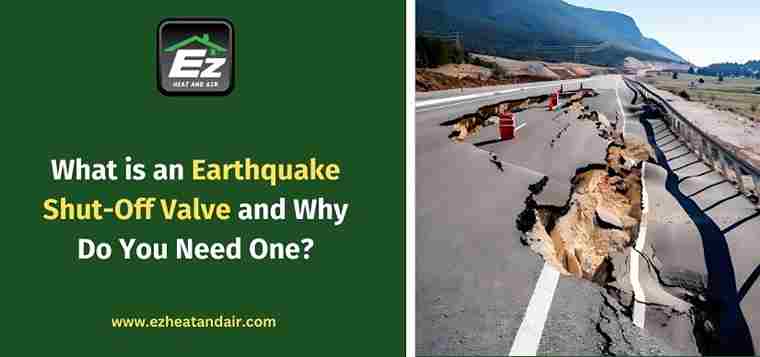What is an Earthquake Shut-Off Valve and Why Do You Need One?
Views : 1928

Well, I suppose that in this article we will get talking about the earthquake shutoff valve, what it's necessary for, and how a professional service of emergency plumbing can aid in the install or repair of shut-off valves.
What does an Earthquake Shut-Off Valve do?
How Does the Valve Work?
Why Is an Earthquake Shut-Off Valve Necessary to You?
Avoid Gas Leaks
Fire Prevention
Peace of Mind
Insurance Benefits
How to tell if your earthquake shut-off valve is functional?
Listen for the Valve Mechanism
Test the Valve Regularly
Inspection by a Professional.
How to Install an Earthquake Shut-Off Valve
Consult with a Professional
Professional Installation
Testing the Systems:
Shut-Off Valve Repair and Maintenance
Regular Inspection
Repairing the Valve
Upgrading the Valve
Cost of Installation and Repair
Conclusion
FAQs
Q1. What is an earthquake shut-off valve?
An earthquake shut-off valve is a device installed in a gas pipeline that automatically closes the gas supply during earth tremors. It is designed to prevent gas leaks and reduce the risk of fire explosions, ensuring the safety of your home and family during seismic activity.
Q2. How does an earthquake shut-off valve work?
This valve operates by sensing ground vibrations caused by earthquakes through mechanical sensors. When the shaking exceeds a predetermined threshold, the valve automatically shuts off the gas supply to prevent leaks and hazards like explosions and fires.
Q3. Do I need a professional to install an earthquake shut-off valve?
Yes, professional installation is crucial. The valve needs to be properly integrated into the gas line to ensure it functions safely and effectively. Certified plumbers will also ensure compliance with local safety regulations.
Q4. How often should my earthquake shut-off valve be checked?
An annual check-up is recommended to ensure the valve is functioning correctly and will respond effectively during seismic activity. Professionals can perform testing and handle repairs or replacements if needed.
Q5. Can I reset the earthquake shut-off valve when it opens?
Yes, most earthquake shut-off valves can be reset. However, ensure there is no gas leakage before attempting to reset it. If you are unsure or suspect a problem, contact emergency plumbing services for assistance to avoid any risk of harm.